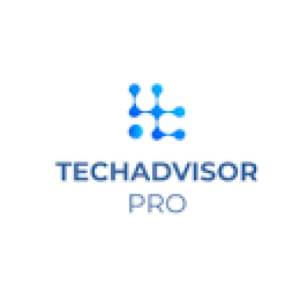You should begin by establishing your core company objectives when designing a data management plan. Make a list of these objectives, and then determine what data you are already collecting that is important to each purpose, taking note of any overlap across objectives or gaps in the data you already keep. Once you’ve compiled a complete list, consider the best approach to organize and safeguard this information for subsequent retrieval.
“From a strategic standpoint, data management and its underlying knowledge domains provide a framework to equip analytical data models with what they need to acquire trustworthy insights,” Risher explained. “Some levels of the pipeline that feeds an analytical data model can become unreliable if data management rules are not properly implemented.” If we make strategic, forward-thinking judgments based on inaccurate data, we will most likely have a negative influence on the firm.”
It is critical to link the massive troves of data created by a corporation on any given day in order to properly arrange that data. These objectives will not only drive data collection and organization, but they will also specify who should have access to that data, when, and why.
“When we take responsibility for the data in the organization, we must ensure that we understand their role in the overall plan.” “We need to develop a sub-strategy for protection, storage, and utilization based on their role and features,” Silipo stated. “In terms of privacy, storage, and usage, and effective data management plan assigns a location, a task, and a policy to each subset of data.”
A data management plan must address numerous objectives, including the capacity to audit company processes, track progress toward organizational goals, and get insight into what is and is not functioning. Each of these objectives necessitates a different approach to data management, which means that your systems and policies must be adaptable enough to address each while remaining standardized enough to provide adequate levels of security and restrict access to key stakeholders who require the most access to the data.
Depending on the objective, a separate tool is required to handle a particular subset of data, ranging from traditional databases to highly secure data repositories, from data visualization tools to more sophisticated data analysis tools.











